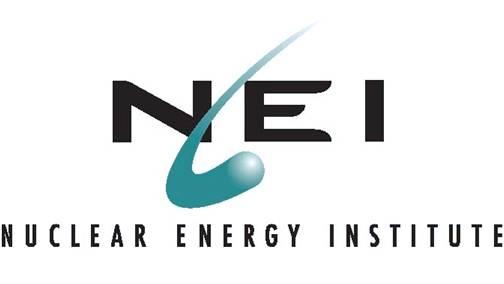Disposing of nuclear waste is a huge problem for the U.S. nuclear industry. In 1982, the U.S. Congress passed the Nuclear Waste Policy Act. The purpose of this act was to review possible sites and then select one site for development. The selected site was the Yucca Mountain nuclear waste repository which was supposed to permanently sequester spent nuclear fuel rods from domestic nuclear power reactors in old salt mines under Yucca Mountain in Nevada. The government had promised nuclear power plant operators a permanent waste solution by 1999 and was collecting a fee from each power plant operator.
The Yucca Mountain site development was burdened with political backlash from people and officials in Nevada as well as concerns that the original estimate of ground water movement in the area was much too lowe. In 2009, President Obama cancelled the Yucca Mountain project. By then, the government waste fund had grown to billions of dollars and some nuclear power plant operators are suing for the return of their payments to the fund. Congress recently insisted that the last of the allocated funds for Yucca Mountain be spent as dictated by law.
It is estimated that if no solution to the waste problem is found within a few years, all the spent fuel pools at all the nuclear power plants in the U.S. will be full and reactors will have to be shut down. There have been calls for the allocation of funds to temporary onsite storage in dry casks.
The nuclear waste generated by nuclear weapons research, development and manufacture is another issue. The U.S. is still trying to clean up waste left behind at the Hanford Nuclear Reservation from decades of nuclear weapons production. The Waste Isolation Pilot Plant (WIPP) is a nuclear waste repository in an old salt mine near Carlsbad, New Mexico. It was constructed to receive waste from nuclear weapons work at labs and facilities around the U.S.
It has been in operation for fifteen years but, as time passed, the procedures became sloppier, record keeping declined, and maintenance fell behind. Earlier this year, a drum of waste from Los Alamos National Laboratories blew up and radioactive materials including plutonium and americium were released into the environment. It will take years and hundreds of million dollars to get the WIPP operating again so it can continue to receive nuclear weapons related wastes.
The Department of Energy has launched a new initiative for nuclear waste disposal. There are three parts to the new DOE proposal. First, they are going to dispose of spent nuclear fuel rods separately from the wastes generated in nuclear weapons production. Second, they are going to implement a search for a site for permanent disposal of weapons waste Third, they are going to create an interim storage facility to temporarily store spent nuclear fuel rods. They say that the search for these two sites will be "phased, adaptive and consent-based". Being consent-based means that people and governments in the area of a possible site will be consulted at each stage. It also means that any area that is being considered as a possible site can withdraw from the selection process at any stage.
Marv Fertel is the head of the U.S. nuclear industry trade group named the Nuclear Energy Institute. He welcomed the new initiative from the DoE but said that as far as he was concerned, Yucca Mountain was the only legal nuclear waste repository for spent nuclear fuel and that the project should be resumed. Fertel said "The industry acknowledges DOE's parallel development of a consolidated interim storage facility for commercial reactor fuel in a willing host community and state, and a separate repository for defense waste. These must be developed in the same time frame. Responsible stewardship of used nuclear fuel from the production of electricity with nuclear energy is a priority for our industry and should be for the federal government."
